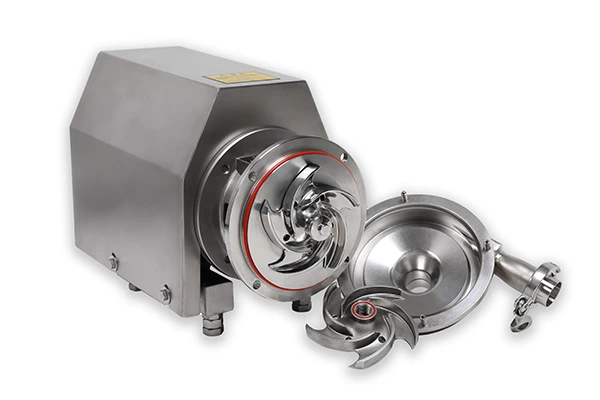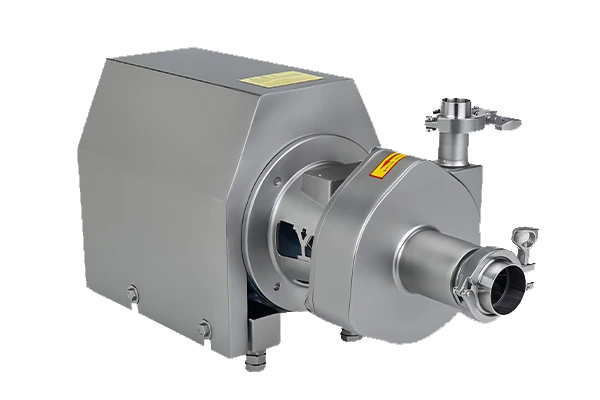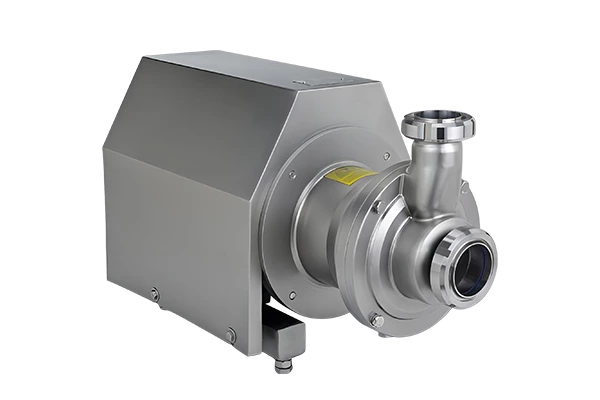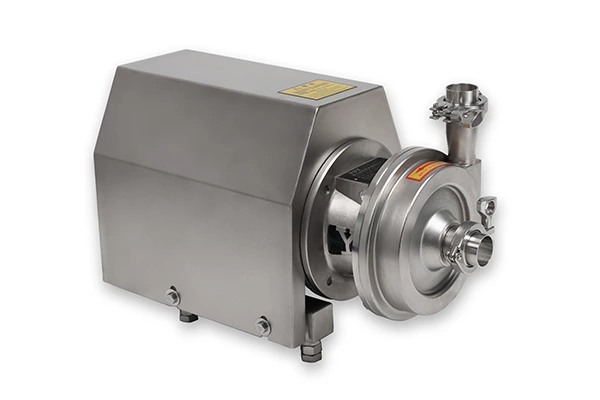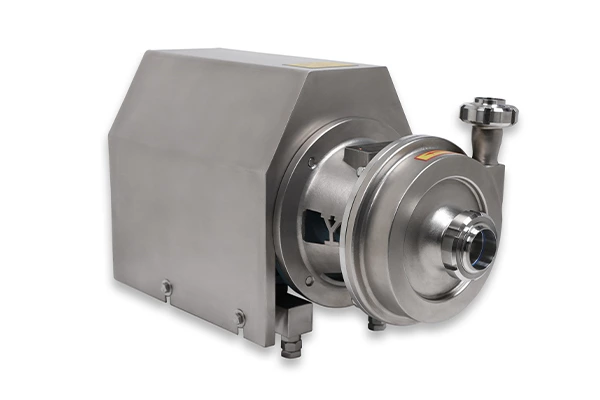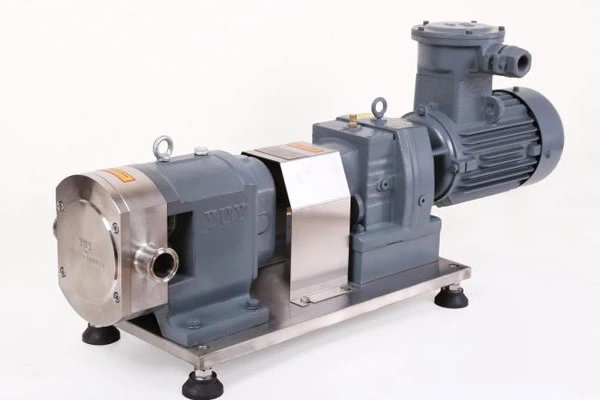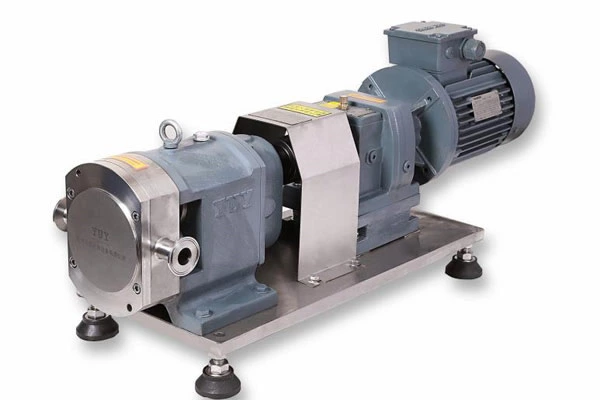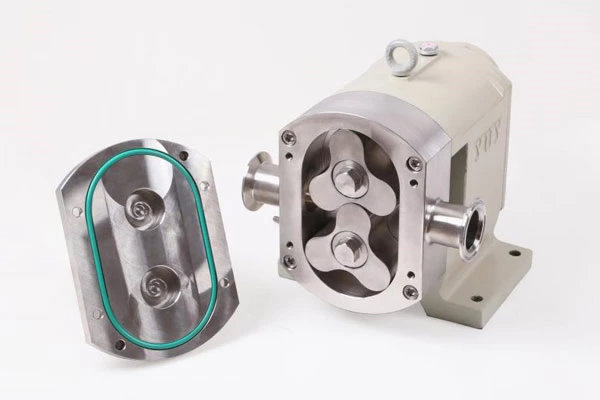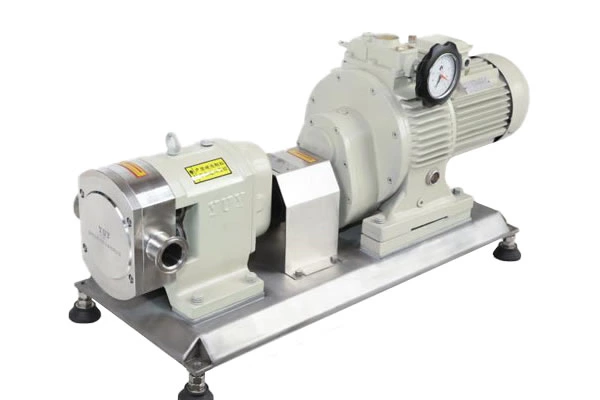How To Install And Use Sanitary Centrifugal Pumps
Sanitary Centrifugal Pump, as the name implies, is a corrosion-resistant pump, mainly used for the transportation of corrosive liquids. It is a widely used pump in general equipment pumps. At present, the most widely used sanitary centrifugal pumps for corrosive liquid transportation in the domestic market are made of stainless steel materials. The sanitary centrifugal pumps made of this material have the advantages of wide corrosion resistance and convenient maintenance and operation.
1. Preparation before installation
1) Check the water pump and motor to confirm that there is no damage during transportation and loading and unloading
2) Prepare tools and lifting machinery, and check the foundation of the machine according to the drawing
2. Installation sequence
1) When the whole set of water pumps arrives at the site, the motor has been installed. When leveling the base, it is not necessary to remove the water pump and motor
2) Place the base on the foundation and prepare to fill it with concrete after leveling.
3) Use a level to check the levelness of the base using the discharge plane of the pump. After leveling, install the anchor bolts and pour the anchor bolts with concrete.
4) Place a steel ruler on the coupling (measure up, down, front, and back) to check whether the axis lines of the pump and the motor coincide.
5) After the concrete fixing the anchor bolts is completely dry, tighten the nuts of the anchor bolts, and finally check the levelness of the entire unit. If it is slightly uneven, you can use wedges to level it.
6) Install the suction and outlet pipelines. When the pipelines are combined with the pump, be careful not to add the weight and pressure of the pipelines to the pump to avoid deformation of the pump.
Three-screw pump Twin-screw pump Single-screw pump Stainless steel single-screw pump
7) Clean the environment and keep it hygienic.
Assembly and disassembly of water pumps
(I) Assembly sequence
1. Heat the rolling bearing in hot oil until 80 degrees and remove it from the shaft.
2. Press the shaft with the bearing into the suspension.
3. Place paper pads on the two bearing end covers and tighten them to the suspension with bolts. Pay attention to using paper pads to adjust the gap between the bearing and the bearing end cover.
